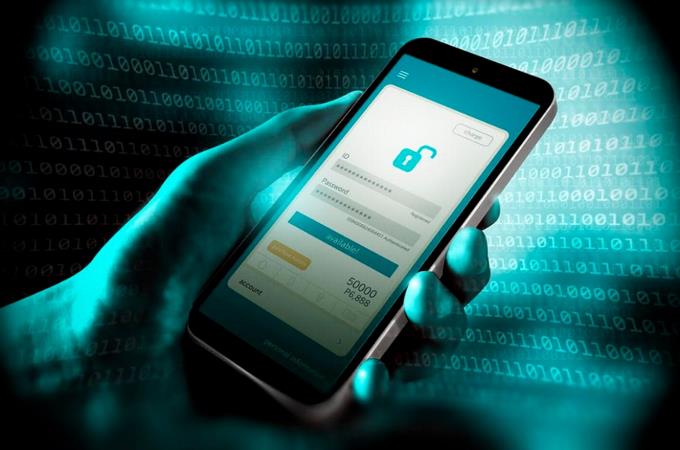Online scams – those ‘banking’ calls and messages

Over the past year, there has been an acceleration of digitization that has facilitated activities from home that were previously restricted to the area and face to face.
Cybercriminals have also benefited from this technological shift, knowing that cell phones are ideal targets for identity theft and fraud, as we store all kinds of information in them.
In addition, it is increasingly common for different services to ask us to link our phone numbers to authenticate accesses and thus provide more security for our information.
A typical “bank clerk” call alerting us to a charge on our debit or credit card is actually a trick known as phishing where fraudsters pretend to be representatives of an organization and convince users that there is a problem with your account.
The result is that the victim panics and, without reservation, provides all access information to their online banking services, allowing criminals to empty the affected accounts.
SMS scams are known as fraudIt is a method used by cybercriminals to trick users with messages supposedly from their banks or other services, in order to get them to click on a link that takes them to pages designed to steal confidential information, including login credentials. Access to accounts and bank details.
The danger of these scams is that although many people are aware of email scams (phishing) and know how to identify and avoid them, most are unaware of the harm a phishing or phishing attempt can cause. unexpected channel. Moreover, while malicious emails can be filtered even by the email service itself, text messages often go unnoticed by mobile operators. In the same way, phishing works, which bets on the urgency factor to get users to provide information during the same call, thus, cybercriminals will be willing to launch threats so that the victim acts quickly.
According to the Kaspersky Spam and Phishing report for the first quarter of this year, bank-related fraud was about 10.04%, a number very similar to what was reported in 2020, in part due to the continuing restrictions associated with the epidemic. It has also led to an increase in the use of e-commerce platforms and as a result of online banking. Similarly, the Fraud Prevention Report showed that during the year 2020, the percentage of incidents detected related to bank fraud increased 20 percentage points compared to the 2019 figure, i.e. increased from 34% to 54%.
It is important to remember that no financial or banking institution will send you a text message to update your account information or to confirm your ATM card code. In fact, banks do not usually send SMS messages containing suspicious movements, so if you receive a message of this type, it is most likely fraud, as in the case of a phone call.
Due to the increase in this type of fraud, Kaspersky offers many recommendations
– do not trust: Always beware of links you receive SMS and do not click or reply to these text messages.
– Use the blocking app Calls To identify and prevent illegal calls and other scams from accessing your phone.
– Do not interact and disconnect: In the case of phishing, interaction in any way may lead to more calls. Avoid pressing numbers to navigate automated menus, and don’t respond to employees if you think it’s a scam.
Always check: If you click on an SMS link, check the address of the website you were directed to to make sure it is authentic.
Contact your bank: In the event that you receive an SMS or a call related to any of your bank accounts, contact your bank immediately to verify that all is well. Otherwise, the bank can help you.




